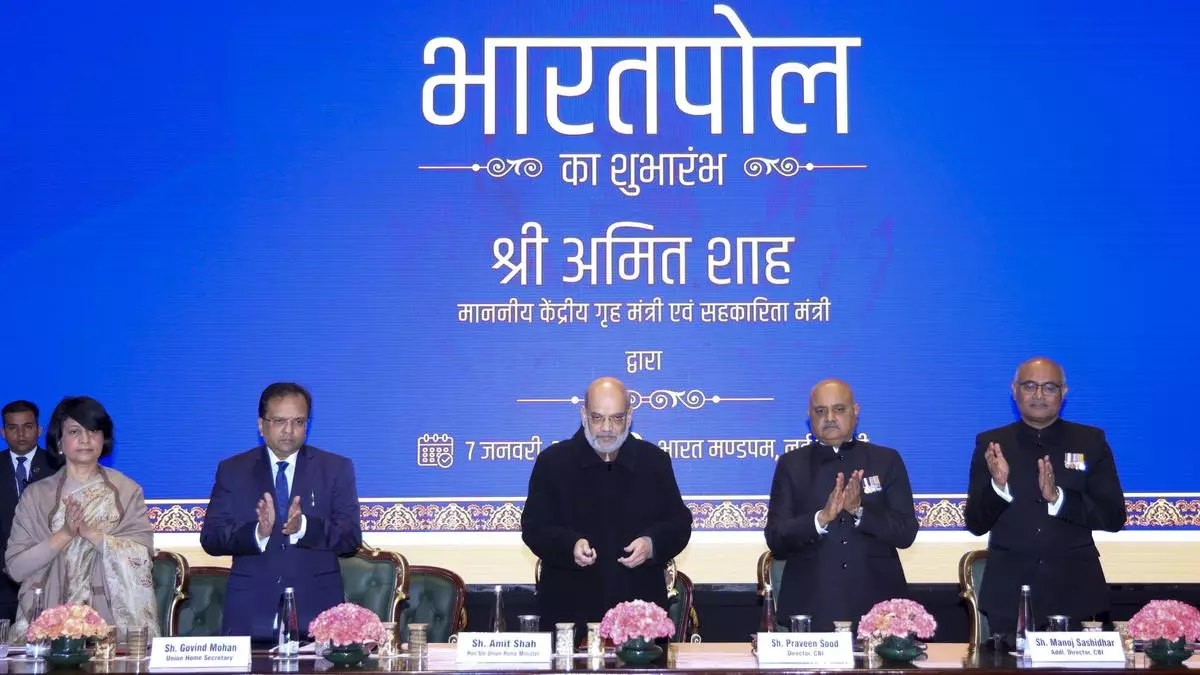Guest Essay by Kip Hansen — 4 January 2025 — 1000 words/4 minutes
Prologue: This is a new entry to a series-of-many which have discussed ongoing scientific controversies, a specific type of which are often referred to in the science press and elsewhere as “Wars” – for instance The Monarch Wars, The Meat Wars, The Obesity Epidemic, The Salt Wars, The War in Sugar and the Great Barrier Reef Wars.
All of these controversies, these scientific wars, share common features which I laid out in Modern Scientific Controversies Part 5: Common Elements”.
The War on Food could stand as an exemplar for all of the controversies – and, in fact, it over laps with three of the previously covered Wars: The War on Sugar, The Meat War and The Obesity Epidemic.
Note: This piece is just a short introduction into the multi-part series on Ultra-processed Foods, UPFs. There will be several more similarly short essays in this series.
# # # # #
The nutrition and food news today, including radio, TV, blogs, is full of stories decrying the consumption of Ultra-Processed Foods – UPFs. Normally I would give a series of links to the latest headlines but I doubt anyone could have missed them – they have been ubiquitous. Here is one typical piece, asking the main question: Ultraprocessed Foods: Are They Bad for You?
The YaleMedicine article refers to a number of recent review papers in major journals and uncritically quotes or paraphrases their conclusions in statements such as: “A review, published in the British Medical Journal (BMJ) in 2024, looked at 45 studies involving almost 10 million participants. The review authors suggest that eating more ultraprocessed foods is linked to a higher risk of dying from any cause and has ties to 32 health conditions, including heart disease, mental health disorders, type 2 diabetes, and other problems”.
The “review” mentioned is Lane et al. 2024 [ pdf here ], which comes with a link to the BMJ Editorial “Reasons to avoid ultra-processed foods”. The editorial includes this statement:
“The quality of the evidence was strong for all cause mortality, obesity, and type 2 diabetes (this evidence was rated as of moderate quality using the GRADE system, which initially considers all observational studies as low quality evidence). Overall, the authors found that diets high in ultra-processed food may be harmful to most—perhaps all—body systems.”
The authors of the study report their findings like this:

As an introduction to this whole topic, let’s just examine the actual evidence found in Lane et al. 2024 and compare it to the characterization from the BMJ and the authors’ conclusion. I supply the figures from the paper, annotated, along with two explanatory graphics on evidence strength.




Let me attempt a more pragmatic, unbiased interpretation of those two tables of findings:
Every item highlighted in Yellow indicates reasons to doubt the validity of the finding, for the following reasons:
1. Odds ratios (ORs) of a magnitude of 1.02 to 1.07 are vanishingly small and are doubtfully of any significant, real world importance – and certainly are not Minimal Clinically Important Differences.
2. In all charts, any highlighted finding with Confidence Interval whiskers that include “1”, there is no significant difference – or, in plain English, “nothing done” and the effect cannot be considered either positive or negative. These individual finding should not be included in any overall result of the study and not combined with other findings for an “overall score”.
3. Studies with a GRADE rating [“a method used to assess the quality of evidence in research studies”] of Low or Very Low do not return “strong evidence”, they produce low or very low quality evidence.
4. Findings of Studies with a Credibility Score of III, IV and V are not actually evidence. They are restatements of summaries [and as we shall see are often inaccurate summaries] about the evidence found in other systematic reviews and are prone to be what John P.A. Ioannidis describes as “simply accurate measures of the prevailing bias.”
5. All Cause Mortality is neither caused nor prevented exclusively by diet. An Odds Ratio as low as 1.02 (1.01 to 1.03) is not likely to be a significant result considering the multitude of possible confounders.
There is one interesting finding in Lane 2024 that warrants a closer look: the mental health finding. The ORs are high enough to be something but the GRADE rating of the studies used are low. I would want to dig in there and see which way the Arrow of Causation is pointing – do mental/emotional problems cause increased eating of UPFs or does the eating of more UPFs cause the mental/emotional health issues. Observational studies such as these cannot answer that question, they only find an association.
We will see this same pattern repeated through all the major systematic reviews of the UPF issue: Tiny ORs/HRs, ORs/HRs with CIs that include ‘1’, studies included in reviews even though they are of Low and Very Low quality, low Credibility Scores due to type of study, studies that measure a vague, not agreed upon, shifting and ill-defined range of foods – labeled UPFs – and results claimed for a broad heterogeneous range of foods.
The next essay in this series will cover: The Shifting and Indefinite Definition of UPFs.
# # # # #
Author’s Comment:
I am trying a new thing by keeping the essays in this series short enough to be read by the average reader with limited time. The result will be several shorter essays, around 1000 words, with a reading time of 4 or 5 minutes. Let me know in comments (start with “Kip – “) if this is better or not. The upside is that more readers can actually read the entire piece if they are interested. The downside is that the shorter essays will cover a limited part of the whole topic – leaving lots of questions that will have to be (hopefully) answered in subsequent essays.
Lane et al. 2024 does have some findings that may be interesting to researchers. But is uses language in the conclusion referring to “the strongest available evidence” for evidence from studies that are acknowledged to be of Low and Very Low quality. Such evidence is Not Strong (or Strongest) – it may be the “strongest” of a lot of weak evidence, but it should be so stated. Lots of weak evidence just does not add up to strong evidence.
These large observational studies can raise interesting questions but cannot and do not supply any definitive answers.
Next in this series will try to answer the question: What is Ultraprocessed Food, exactly?
Thanks for reading.
# # # # #
Related
Discover more from Watts Up With That?
Subscribe to get the latest posts sent to your email.








Leave a Comment